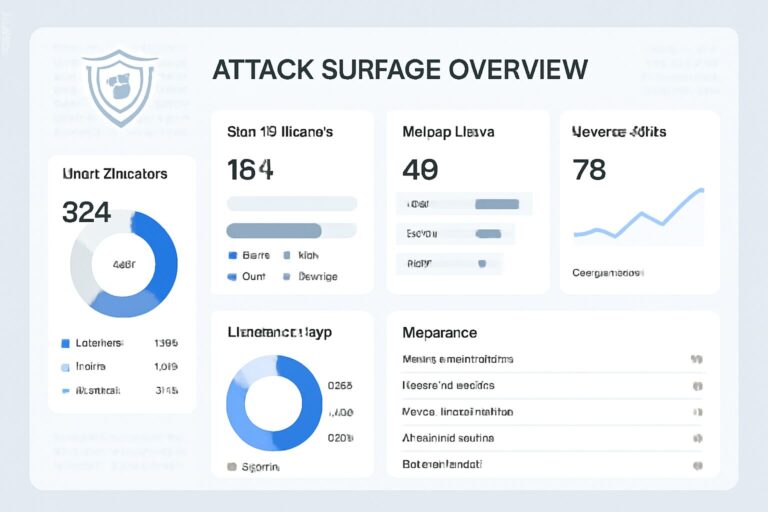# Stunning AI Q&A Tools: 6 Impressive Techniques to Master AI Questioning🔥
Explore six core AI questioning techniques and prompt strategies including instruction delivery, role-playing, keyword hints, example demonstrations, step-by-step guidance, and divergent thinking. Combined with optimization and interaction design, these methods empower you to significantly improve the quality and accuracy of AI responses.
AI Q&A is transforming how we communicate rapidly, and mastering proper AI questioning skills is the key to unlocking efficient, precise conversations. It’s not just about posing questions, but about guiding AI through prompts to understand, reason, and create. This article deeply explains these powerful AI questioning techniques, integrating latest natural language processing advances and prompt engineering insights to help you craft an exceptional interactive experience.💡
—
## The Core Principle Behind Effective AI Questioning: Unlocking Secrets of Prompt Design⚙️
Mastering AI questioning starts with understanding the core mechanism—prompt design. A prompt is the instruction input given to AI, acting as the bridge transforming requirements into computable language the model understands. According to NLP principles, clear, structured and specific prompts greatly enhance AI comprehension and response quality.
For example, asking simply “How is the weather?” yields vague answers, but a prompt like “Please provide Shanghai’s weather forecast for the next three days including temperature and rainfall probability” guides AI to produce detailed and accurate information. The precision of a prompt directly determines the quality of output.💬
Leading prompt engineering techniques emphasize “clear objectives,” “context use,” and “stepwise breakdown” to ensure rational AI operations. Backed by extensive experiments and user feedback, a well-crafted prompt maximizes AI Q&A effectiveness. This is the secret behind the impressive breakthroughs in smart Q&A.
—
## Mastering Prompt Optimization: Experience the Magic of Ultimate Interaction Design✨
The foundation of AI questioning is **clear goals and instruction delivery**. Users should first understand what they want, then break the request into concise commands, e.g.:
– “Write a 300-word article about sustainable energy.”
– “List five common programming design patterns and briefly explain them.”
Clear goal setting helps AI “match the task” and avoid irrelevant or off-topic responses. Using **keyword hints** like “environmental protection” or “Python basics” focuses AI’s attention, narrows the scope, and improves accuracy.
Interaction design theories advise that good prompt structure is concise yet informative. Using paragraphs, bullets, and clear questions are common techniques. Proper UI and prompt text design make user participation seamless and results satisfying.🌟
—
## Empowering Role-Playing Strategy: Unlocking Deeper Understanding🕵️♂️
Role-playing is a shining gem in AI questioning. Assigning AI a specific identity or personality such as “You are a historian” or “You are a child psychologist” enriches the depth and style of responses.
This activates AI’s domain knowledge, making replies more relevant and tailored to user expectations. Users can switch perspectives to get multidimensional insights for complex questions.
For example, for creative copywriting, ask AI as a senior advertising writer; for technical support, as an expert engineer. This role-based prompt strategy is widely used in education, content creation, and customer service. It enables more natural and intelligent human-AI interaction.🎭
—
## Innovative Example Demonstration: Guiding AI Past Semantic Bottlenecks🚀
Sometimes verbal prompts alone can’t fully convey needs. **Example demonstrations** become powerful tools. Providing reference samples or templates dramatically reduces semantic ambiguity and lets AI “learn by example.”
This works well for complex text generation and optimizing response structure and depth. For instance, showing AI a high-quality news article and asking it to imitate the style for a related topic typically results in more natural and vivid writing.
Multiple diverse examples help AI grasp common traits to better meet expectations. This is an effective way to optimize AI answers and improve the interaction experience beyond language barriers.📈
—
## Stepwise Guidance and Divergent Thinking: Building Structured Prompt Engineering🧩
Complex tasks often require detailed steps beyond single prompts. The **stepwise guidance** technique breaks down big problems into smaller steps, giving instructions sequentially. This lets AI reason gradually, ensuring coherent and complete output.
For example, writing a market analysis report: request industry background first, then competition analysis, and finally strategic suggestions. This greatly reduces information omission and logical confusion.
Better yet, integrate **divergent questions** to stimulate creativity and multiple perspectives. Open-ended questions like “Can you think of other feasible solutions?” encourage broad exploration beyond routine replies.
Combining stepwise progression with divergent thinking enhances answer quality and scope—an indispensable advanced AI questioning skill.🧠
—
## Continuous Optimization and Iteration: Crafting a Smart Q&A Future🚧
AI questioning skills are dynamic and rely on feedback loops for iteration. Establishing **feedback and monitoring systems** to track answer accuracy, relevance, and user satisfaction is key to continuous improvements.
Analyzing input-output data periodically and adjusting prompt keywords, role definitions, and examples significantly enhances AI responses. Cross-domain applications in healthcare, finance, and education stimulate innovative prompt engineering solutions driving ongoing upgrades.
Staying updated on NLP advancements like multimodal models and federated learning will inject more intelligence and flexibility into future AI questioning techniques. These breakthroughs are guiding us toward a smarter, more reliable human-machine communication era.🌐
—
## FAQ
**What is AI questioning technique?**
A set of methods and strategies to design questions and prompts to improve AI comprehension and answering efficiency.
**How does role-playing enhance AI answer quality?**
Assigning AI specific professional roles or personalities to generate more accurate and expert replies.
**Why are keyword hints important in prompt design?**
They help AI focus on core topics, narrow search scope, and improve answer relevance and precision.
**What practical methods exist for stepwise guidance and divergent questioning?**
Breaking complex tasks into smaller sequential instructions and using open-ended questions to foster diverse thinking.
**How does example demonstration optimize AI responses?**
Providing concrete samples or templates guides AI to mimic style and structure, reducing ambiguity and improving naturalness.
**What are future trends in AI questioning techniques?**
Focus on cross-domain integration, multimodal interaction, and dynamic feedback for more human-like and intelligent QA systems.
—
For deeper insights on mastering AI questioning techniques for ultimate smart Q&A, visit De-line Information Technology at https://www.de-line.net. Our expert team is ready to help you break through intelligent interaction bottlenecks and open the new era of Q&A!🚀✨
—
> References:
> – “Prompt Engineering Guide”, OpenAI, 2023
> – Jurafsky, D. & Martin, J. H., *Speech and Language Processing*, Pearson, 2024
> – “Overview of Natural Language Processing”, China Computer Federation, 2023
(Article originally written by De-line Information Technology experts)
************
The above content is provided by our AI automation poster




